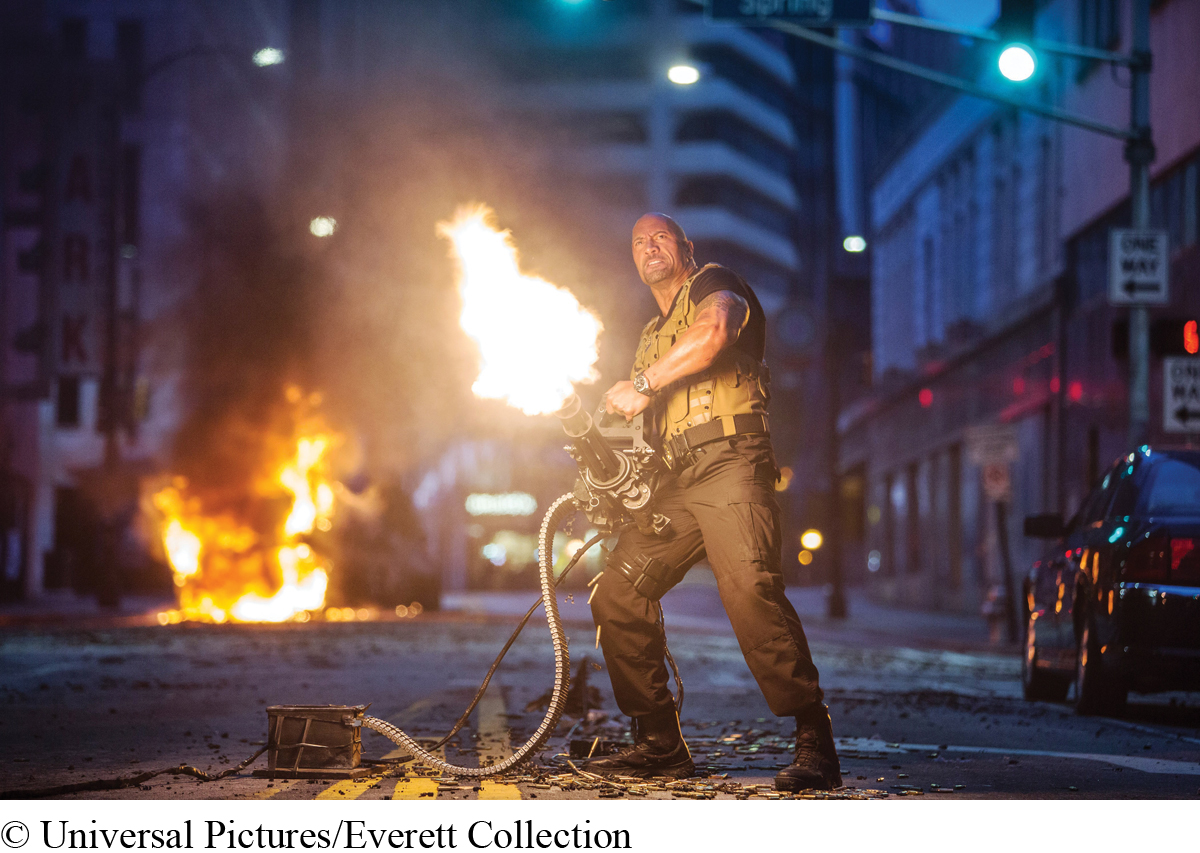Chapter 15 Introduction
DEMOCRATIC EXPRESSION
AND THE MASS MEDIA
15
Media Effects and Cultural Approaches to Research

In 1966, NBC showed the Rod Serling made-
In 1985, the popular heavy-
In 1995, an eighteen-
In 1999, two heavily armed students wearing trench coats attacked Columbine High School in Littleton, Colorado. They planted as many as fifty bombs and murdered twelve fellow students and a teacher before killing themselves. In the wake of this tragedy, many people blamed the mass media, speculating that the killers had immersed themselves in the dark lyrics of shock rocker Marilyn Manson and were desensitized to violence by “first-
In April 2007, a student massacred thirty-
Yet another tragic shooting occurred in 2012 in Aurora, Colorado, at a midnight screening of The Dark Knight Rises. A shooter opened fire in the darkened theater, killing twelve people and injuring fifty-
Later in 2015, Vester Lee Flanagan, a former TV news reporter, killed a TV anchor and a photographer and injured their guest during a live interview on location for television station WDBJ in Roanoke, Virginia. Flanagan, who had been fired from the same station two years earlier, was mentally troubled, but was able to legally buy guns and ammunition for the attack. He fled the scene of the murders and committed suicide, but not before posting his own video of the shooting on Twitter and Facebook. In a rambling document he sent to ABC News, Flanagan cited as motivating factors the Virginia Tech shooting, the Columbine shooting, and the racially motivated Charleston, South Carolina, shooting in which Dylann Roof killed nine people earlier that year.
Each of these events and recent political battles over the need for gun control laws have renewed long-
AS THESE TRAGIC TALES OF VIOLENCE ILLUSTRATE, many believe that media have a powerful effect on individuals and society. This belief has led media researchers to focus most of their efforts on two types of research: media effects research and cultural studies research.
Media effects research attempts to understand, explain, and predict the effects of mass media on individuals and society. The main goal of this type of research is to uncover whether there is a connection between aggressive behavior and violence in the media, particularly in children and teens. In the late 1960s, government leaders—
The other major area of mass media research is cultural studies. This research approach focuses on how people make meaning, apprehend reality, articulate values, and order experience through their use of cultural symbols. Cultural studies scholars also examine the way status quo groups in society, particularly corporate and political elites, use media to circulate their messages and sustain their interests. This research has attempted to make daily cultural experience the focus of media studies, keying on the subtle intersections among mass communication, history, politics, and economics.
In this chapter, we will:
Examine the evolution of media research over time
Focus on the two major strains of media research, investigating the strengths and limitations of each
Conclude with a discussion of how media research interacts with democratic ideals
As you get a sense of media effects and cultural studies research, think of some research questions of your own. Consider your own Internet habits. How do the number of hours you spend online every day, the types of online content you view, and your motivations for where you spend your time online shape your everyday behavior? Also, think about the ways your gender, race, sexuality, or class play into other media you consume—